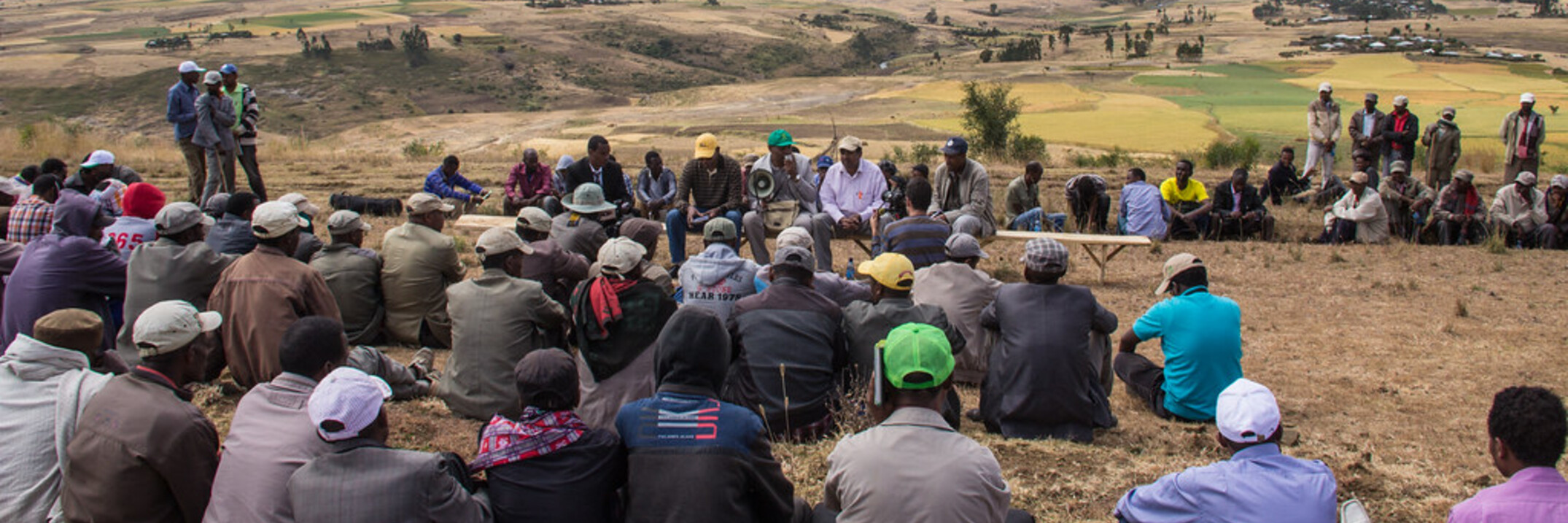Awassi dairy sheep farmers in the Middle East are facing high feed costs, particularly during the milk production season, along with large fluctuation in grain and straw prices.
Incorporating agro-industrial byproducts into the diet of Awassi dairy...


